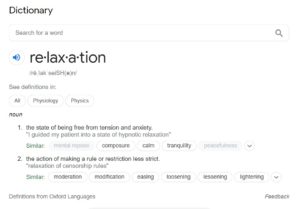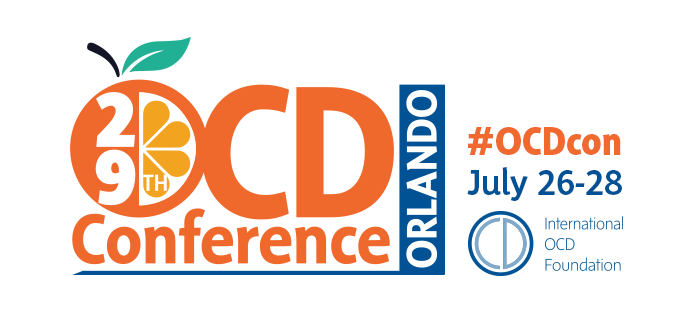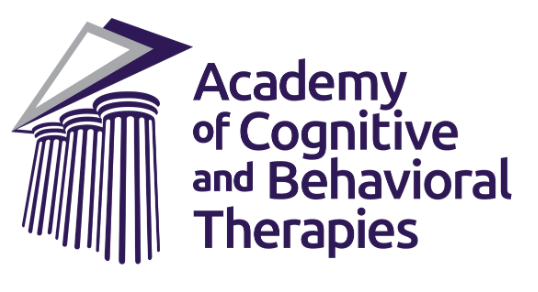
When I first learned to implement mindfulness, relaxation, and deep breathing into my therapy practice, I have to admit I was surprised when some clients quickly stated one of a few things:
- They didn’t want to continue.
- It was distressing to them.
- It didn’t work for them.
It threw me off a little as a “green” and young clinician, because aren’t these supposed to be win-win skills and tools for relaxation? Aren’t they supposed to calm and ease distress? To me it was as foreign as if someone came up and randomly handed me $100 with no strings attached and I suddenly felt distressed.
More Than Meets The Eye
Advanced level clinicians know better than most that the surface of the issue doesn’t tell the whole story. Remember the phrase, “you can’t judge a book by its cover”? This is even more true for clients and why therapy must always have the client in mind.
The definition of relaxation is “the state of being free from tension and anxiety.”

How in the world could someone be tense or anxious if they are relaxed? You may already be formulating some reasons why. The most obvious is this: the presentation of an exercise on relaxation is not the same thing as experiencing relaxation. To experience it, a person must ACCESS IT FOR THEMSELVES.
Many Reasons For Blockages in Stress Reduction
There truly are many, many reasons why a person isn’t accessing a state of calm or peace. Here are some of the most common:
- The tools were not explained well by the therapist and/or misunderstood by a client.
- There are “backdoor” detours to practicing something that most people take for granted:
- Racing thoughts and a current inability to slow them down → mindfulness can bring these more to light and without the skill to observe and sit with them, they feel more distressing.
- Panic Disorder (PD) sufferers feel very distressed by certain physical sensations and pair negative associations to them. Without proper training, feeling/thinking on these without tools to work with them can lead to a fear of panic attacks- or a person may actually experience one.
- Attention Deficit/Hyperactivity Disorder (AD/HD) involves variations in how a person processes and feels varying stimuli. The sufferer often is attempting to find ways of being stimulated, even internally. Sitting without these sensory or other stimulation can feel very scary or at least uncomfortable.
- Dissociation (Derealization/Depersonalization). A person who is feeling dissociated (and also aware that they feel that way) will dislike the sensation and attempt to change it. Breathing, mindfulness, body awareness, etc., while part of where the treatment needs to get to, is oftentimes akin to feeling more dissociated at first- which can be avoided, making the cycle even worse.
- Anxiety. Good ol’ classic anxiety is hard to sit with. Sometimes anxiety is so high a person feels no ability to sit without acting/avoiding.
- Triggers. It’s true- sometimes relaxation is a trigger itself for all sorts of fear, intrusive thoughts, and uncertainty. For example, in PTSD it can be a reminder of a specific calm moment where abuse happened, and the person later attempts to be vigilant in all moments like that forward. Also, sometimes a person may have any number of associations with a relaxed feeling, like “feeling in a trance” for those who have suffered with addiction and this is a reminder to them of the whole complex web of addiction problems.
- Demand for perfection/performance and/or unrealistic expectations. Another common block to good stress reduction is the demand for perfection/performance. A person who is regularly assessing what they are doing for how well they are doing it is interrupting mindfulness with interpretations about mindfulness that put pressure and expectation on the process. This is a recipe for disaster both in reducing stress and also in other mental health domains.
- High severity. In almost any illness, but especially mental illness, high severity is linked with poorer outcomes and/or greeted needs for treatment frequency, intensity, and resources all the way around.
- Treatment refractory cases. While being the minority of mental health cases, there are those who, despite doing all the “right things” clinically, still suffer.
Getting The Benefits of Relaxation, Mindfulness, Breathing, and More
Once I gain a fuller functional assessment on a client, there is a lot less that surprises me- and clients, too. The good news is that almost anyone can find benefits in relaxation, mindfulness, deep breathing, and other techniques to help them be more present, focus, reduce stress, and/or change their stance towards anxiety from defensive to neutral observer (which over time diminishes the feelings of anxiety or stress or any challenging feelings). If you can’t get the benefit you wish you could from these above tools, try pausing to assess what happens during/around. If you are really stuck, a trained clinician/expert resources will likely be able to help.
Looking for a great start? Here’s my “Mindfulness Exercise (Exposure-Friendly).”








Leave a Reply